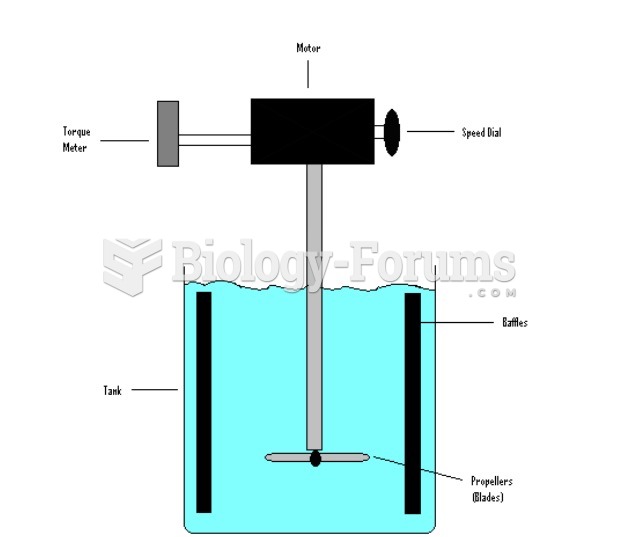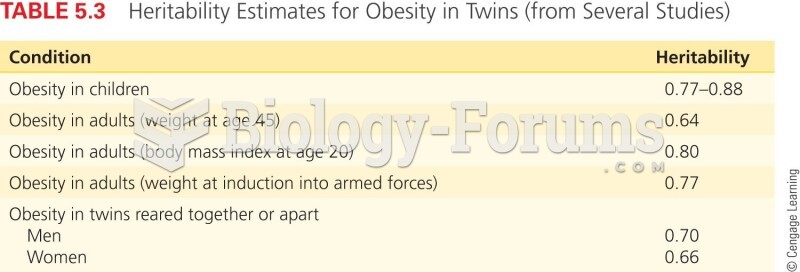Answer to Question 1
Serum glucose (high): due to increased rates of gluconeogenesis and glycogenolysis from the elevated levels of cortisol and catecholamines due to injury
Lactate (high): due to increased anaerobic metabolism resulting from poor tissue perfusion or oxygen delivery to tissues
Phosphate/magnesium (slightly low): may be due to overhydration/fluid accumulation due to injury
ALT (high): elevated due to TBI trauma potentially causing hypoperfusion to hepatic tissue and thus causing some damage
CPK (high): elevated due to tissue damage and trauma
CRP (high): elevated because it is an acute phase protein and trauma/inflammation is present.
WBC, Neutrophil, Monocyte (high): elevated due to increased inflammatory/immune response
RBC, Hgb, Hct (low): due to blood loss and hemorrhagic edema in brain
Answer to Question 2
a. What was the total volume of feeding for 6/7-6/8?
650 mL of formula.
b. What was the nutritional value of his feeding? Calculate the total energy and protein that he received.
650 mL x 1.5 kcal/mL = 975 kcal
650 mL x 93.8 g pro/1000 mL = 61 g protein
Propofol (8.2 mL/hr) x 24 hr x 1.1 kcal/mL = 216 kcal
975 + 216 mL = 1191 kcal
c. What percentage of his needs was met? What factors may interfere with the patient receiving his prescribed nutrition support? What steps can be taken to assure adequate delivery of nutrition support to the critically ill patient?
The nutrition support provided met only 43 and 52 of his energy and protein needs, respectively. Feedings are stopped frequently in the acute care setting for medications, procedures, therapies, or perceived intolerance to the formula. Frequent monitoring by the RD with documentation and discussion with the health care team can allow for maximum feeding to be provided. Adjusting rate or cycling the feeding over a certain amount of time can also help to maximize the amount of feeding she is receiving. For example, it is common to calculate the rate of infusion for enteral nutrition support based off of 22 hours instead of 24 hours, which will result in a higher calculated rate and hopefully account for stopped feedings throughout the course of the day. Recent recommendations using volume based feedings allows for nursing to make up for times off of feeding by adjusting rates accordingly to meet the daily volume requirement.







